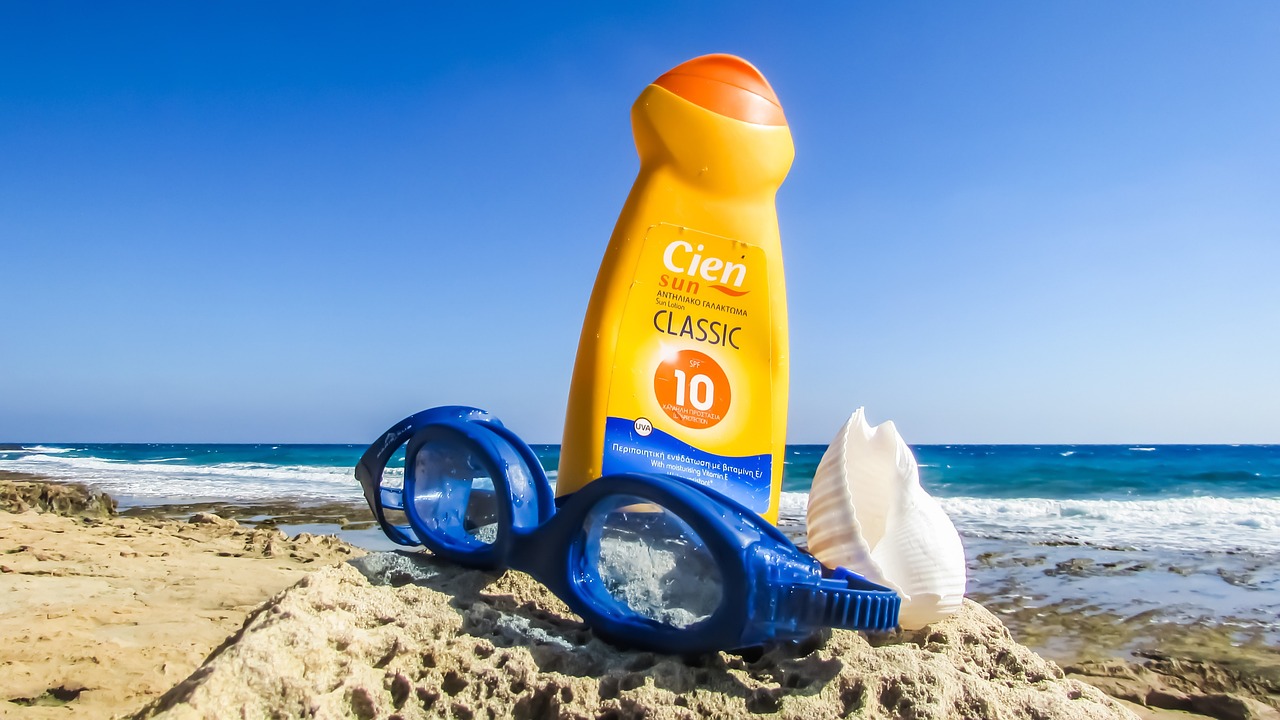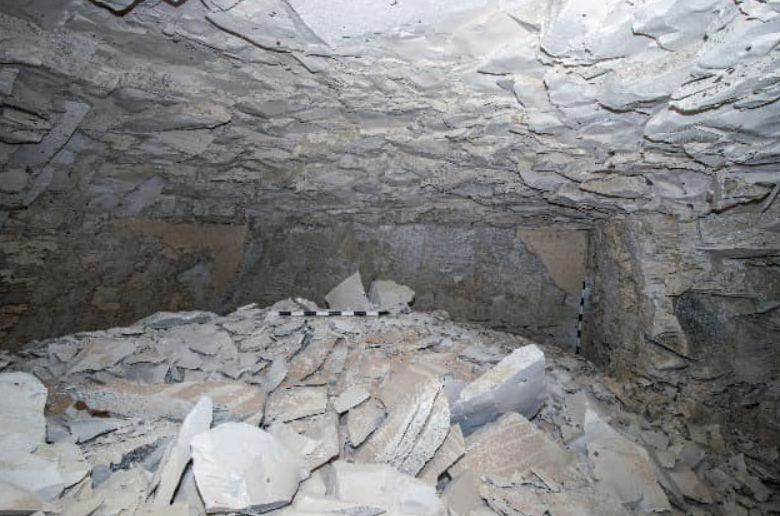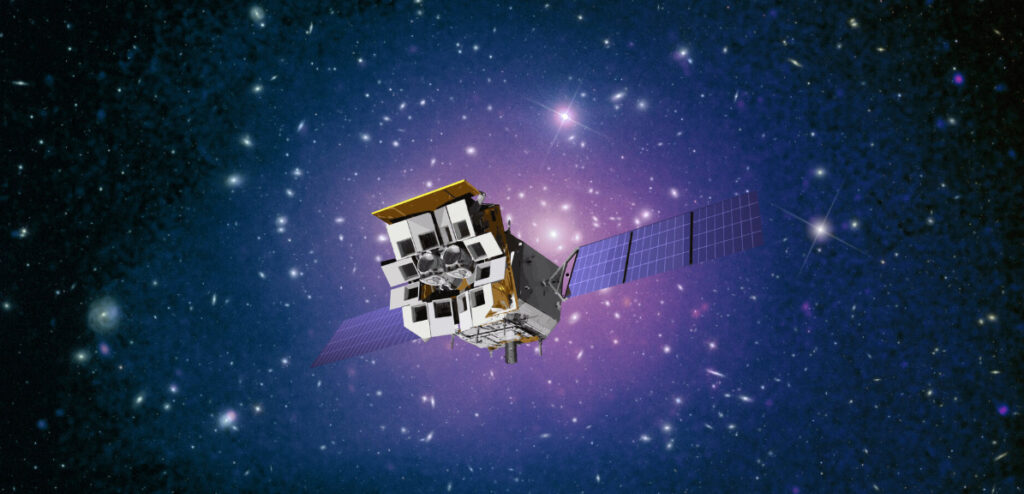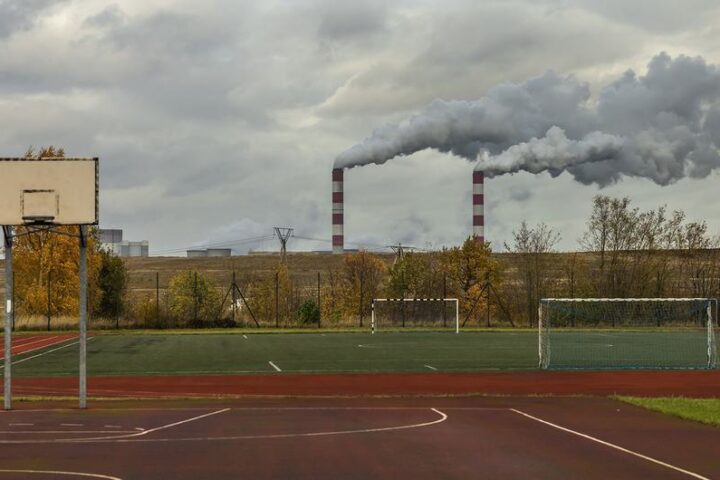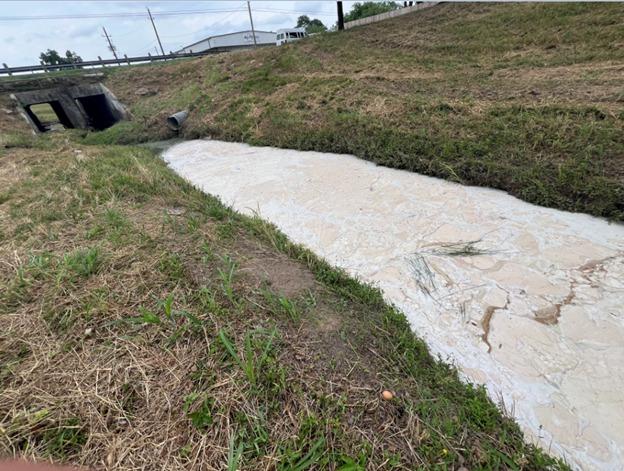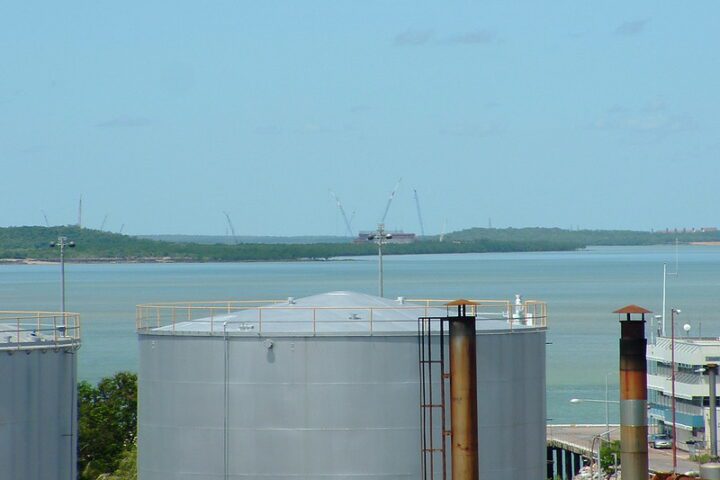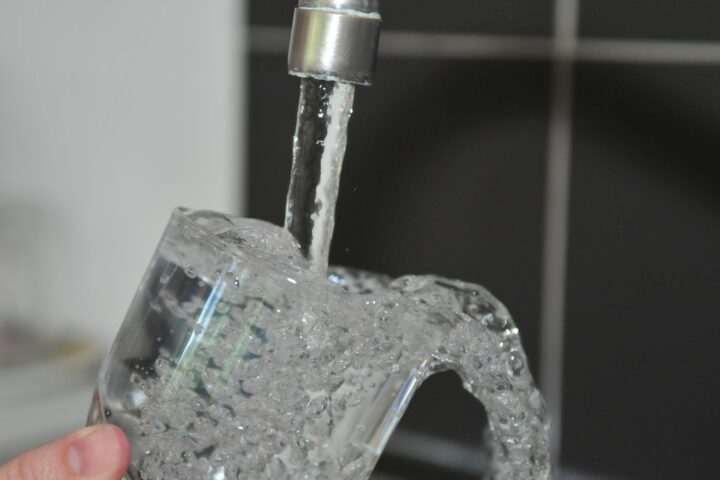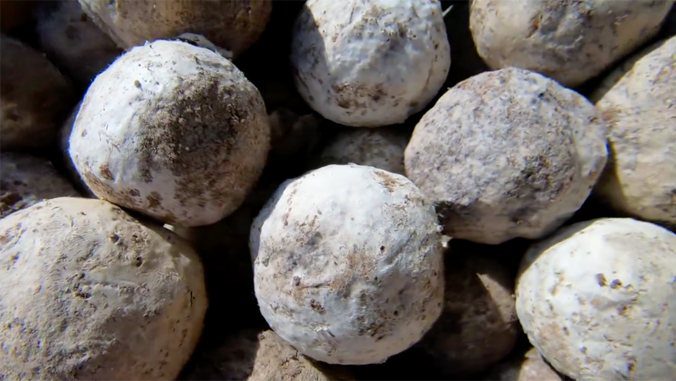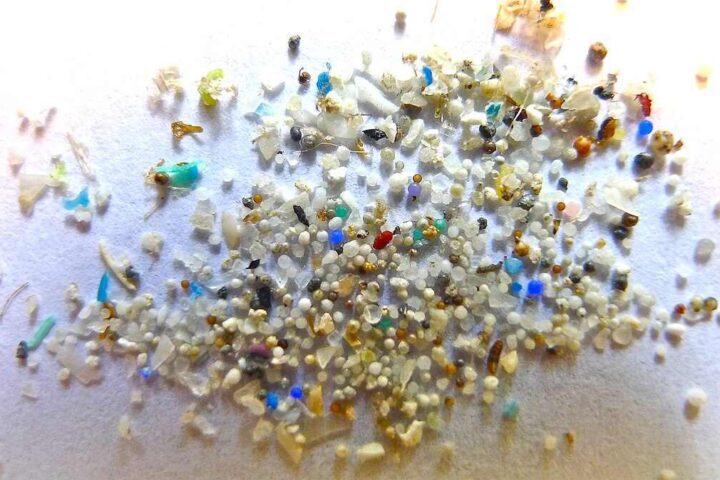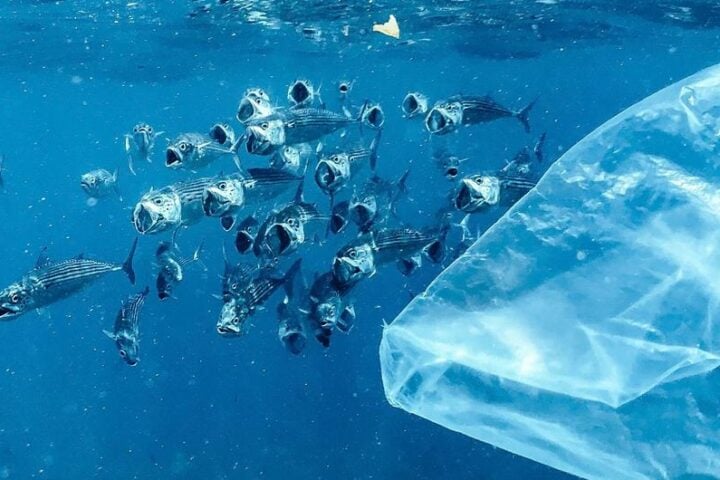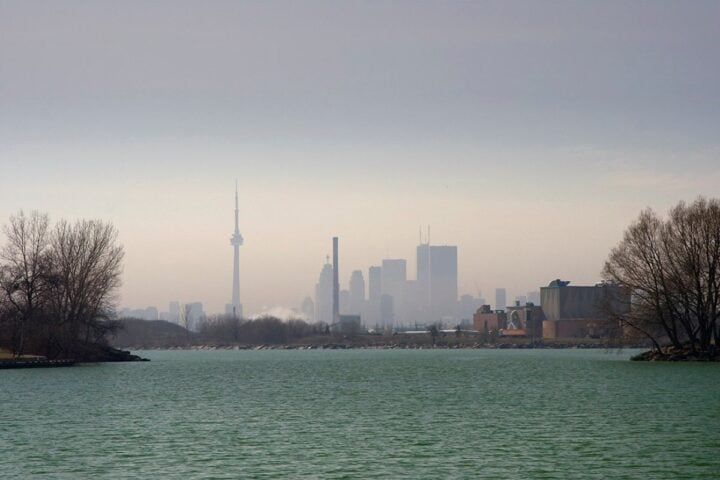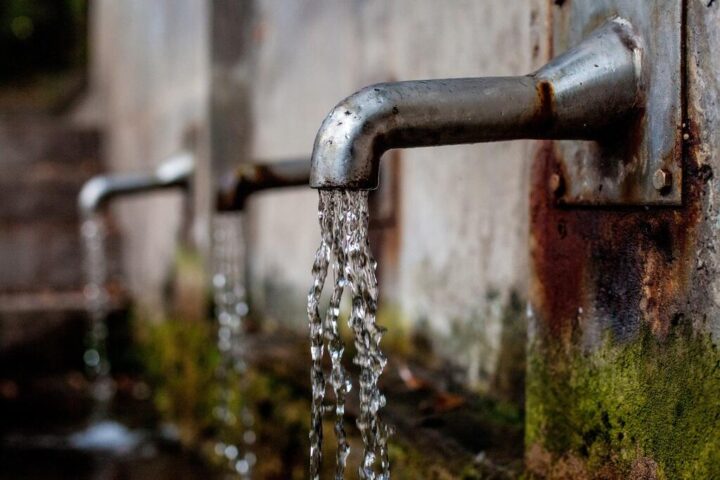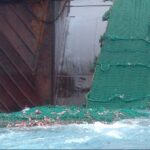The sunscreen we wash off after a beach day is creating lasting problems for ocean life, according to new research. A study looking at over 110 scientific reports found that sunscreen pollution has spread to oceans worldwide, even reaching Antarctica.
Each day, a beach with 1,000 visitors receives more than 35 kilograms of sunscreen in its waters. These chemicals enter the ocean when we swim and even when we shower at home, as regular water treatment plants can’t remove them.
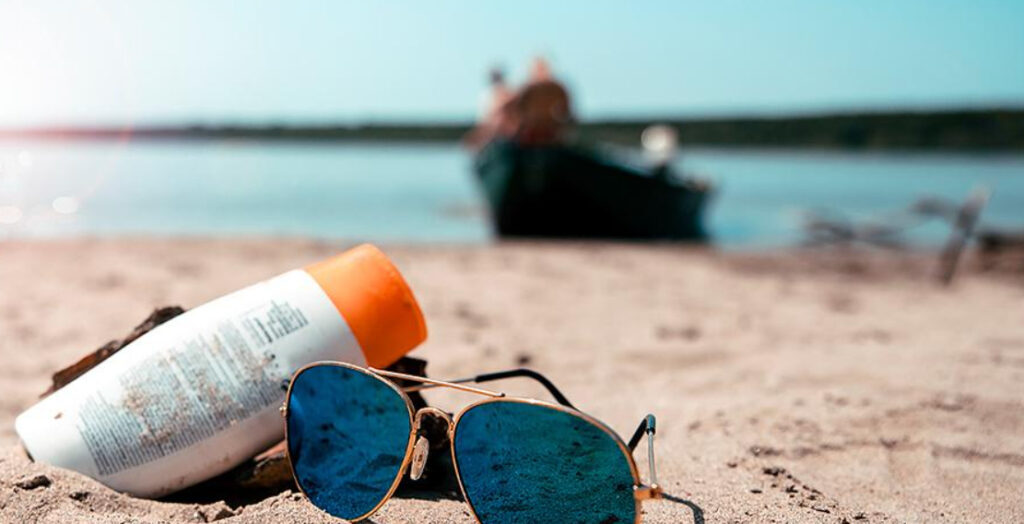
“This review indicates that current research has only scratched the surface of understanding how these chemicals can affect marine life,” says Anneliese Hodge, who led the research at the University of Plymouth. “They keep building up in the ocean because we add more faster than nature can break them down.”
The chemicals that block harmful sun rays in sunscreen – called UV filters – don’t stay in one place. They travel through ocean currents, showing up in remote areas far from tourists. Scientists have found these chemicals in 95% of treated wastewater and 86% of rivers, lakes and seas tested globally.
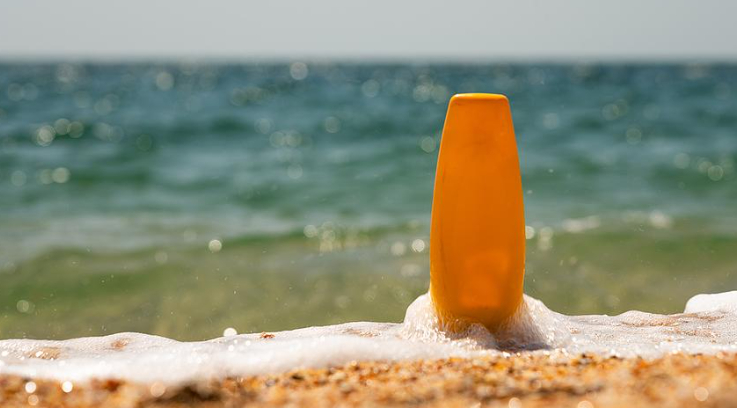
Modern sunscreens mix three to eight different UV-blocking chemicals, making up to 15% of what’s in the bottle. The most common type, called benzophenones, stays in the environment for a long time and can build up in sea life. European authorities are now checking if one common version might disrupt hormone systems in marine animals.
“The range of sunscreen chemicals entering our oceans is mind-boggling,” says Dr. Frances Hopkins from Plymouth Marine Laboratory. “Our coastal waters are already stressed by warming temperatures and pollution. Adding these chemicals makes things worse.”
Similar Posts
The problem goes beyond swimming. When farmers use treated wastewater to irrigate crops, these chemicals can wash into streams and eventually reach the ocean. At Hanauma Bay, Hawaii, researchers found high levels of sunscreen in the sand near beach showers.
This matters for people too, not just sea life. “4.3 billion people rely on fish for up to 15% of their animal protein intake,” says Professor Awadhesh Jha. “We need to understand if these chemicals build up in fish and what that means for both ocean health and our food.”

Dr. Mahasweta Saha, who studies ocean chemistry, compares the situation to a ticking time bomb. “Our oceans are already struggling. We must be careful about adding new chemicals that could make things worse.”
With beach tourism growing and global sunscreen sales expected to reach $13.64 billion by 2026, scientists say we urgently need to study how these chemicals affect ocean life over time. Understanding this will help create better ways to protect both human skin and marine environments.
